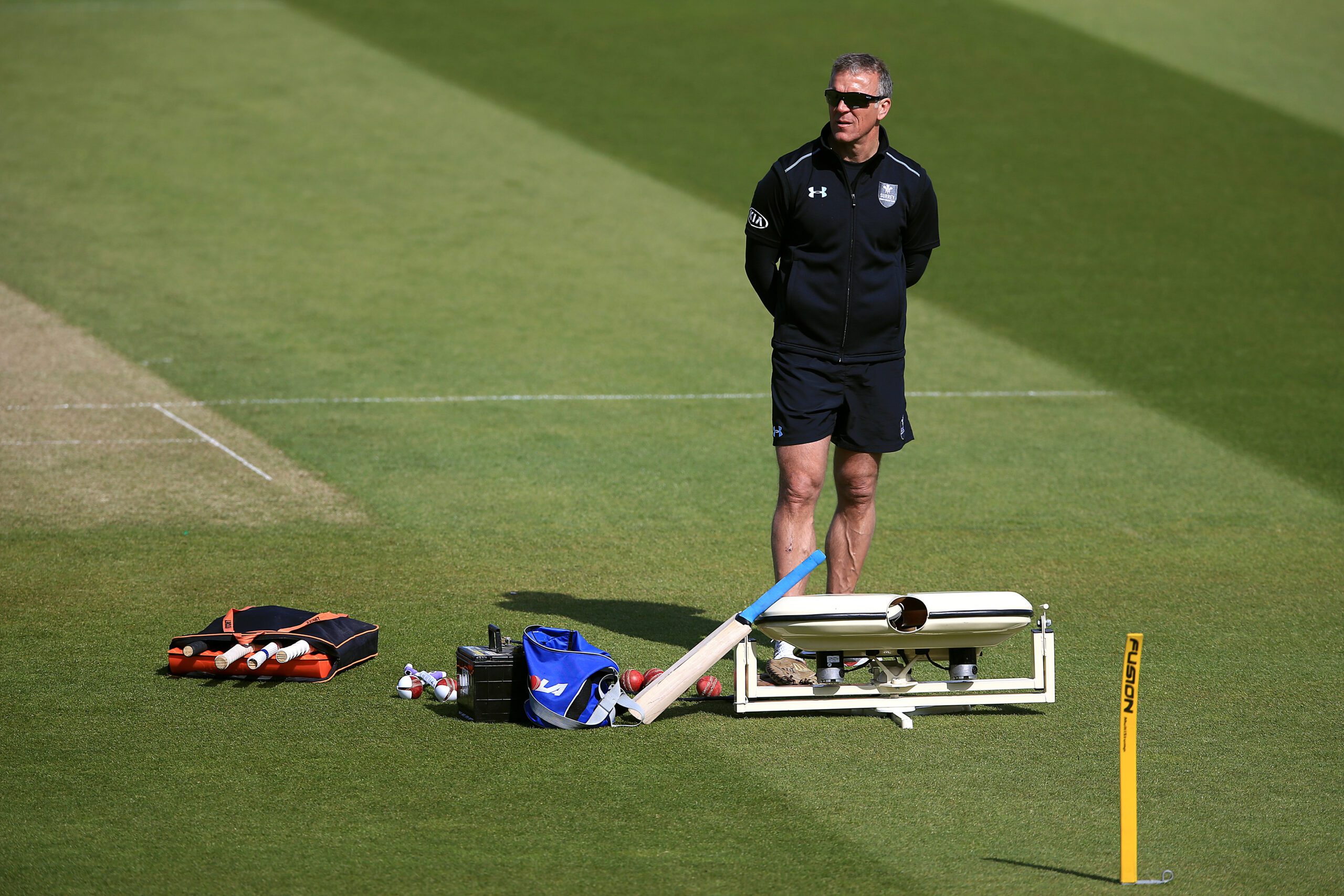It took much hard graft for Surrey to achieve three County Championship titles in as many seasons. Richard Spiller looks back 10 years, when Alec Stewart’s team were beginning their climb back towards the peak.
Surrey’s hat-trick of titles in the Vitality County Championship marks a historic moment, the third time it has been achieved by the Club.
But success is never easily earned and sometimes it can seem far away.
Go back a decade, to 2014, Surrey had been relegated to Division Two the previous summer, for the third time in eight years. Other than a white ball trophy in 2011, the 11 years since the previous Championship title – under Adam Hollioake – felt as if they could stretch on for many seasons yet. Yorkshire were riding high at the top of Division One, which they repeated the following year, and were widely tipped to maintain their supremacy for several years.
Seeing Surrey go back and forth between the two divisions was unacceptable to Alec Stewart, who had taken over from Chris Adams midway through the previous season with the slide towards another relegation already too steep to avert. Only making T20 finals day had brought much cheer.
Stewart’s brief as director of cricket was twofold – to re-establish his club as one of the leading forces in the country and produce players who would challenge for promotion to the England side. For him, the two were indivisible and remain so.
First, he appointed a new head coach, with Graham Ford – formerly coach of South Africa and Sri Lanka, who had experience of English cricket through a spell at Kent – the ideal man.
Stewart’s early priorities were improvements in both fitness and discipline, both of which had been lacking in recent times. His target for the season was “progress”, aiming to build a foundation for a return to Division One which would not be temporary.
Already in place was Graeme Smith, who had arrived a year earlier when Surrey – in the light of the Tom Maynard tragedy – had recruited the man regarded by many as the best captain in the world, driving South Africa to success over a decade.
Smith’s first season had been cut short by an ankle injury but he returned for a second campaign looking in much better shape.
The task ahead was highlighted in the opening Championship match, Surrey marginally ahead after three days against Glamorgan only for a meltdown against left-arm seamer Graham Wagg to see them bowled out for 81 and beaten by 10 wickets.
An eight-wicket reverse against Kent three matches later confirmed that but then Gloucestershire were beaten by four wickets, Smith leading the way with a century. Sadly, though, it would be his final act both as county captain and in first-class cricket, a severe knee injury ending his stellar career. For the third time in as many seasons, Surrey were without a captain in mid-season. Both Gareth Batty and Vikram Solanki, who had stepped in at various times previously, were unavailable so the task fell to Gary Wilson.
The combative Irishman had only recently inherited the wicketkeeping gloves from Steven Davies, who opted to concentrate on his batting, but performed his task with typical diligence. As Ford noted, Wilson’s form appeared to rise with the challenge.
A solitary victory in their first eight Championship outings meant Surrey were never likely to challenge for promotion although a mid-season run of three wins from four matches moved them to within five points of the top.
Three reverses in the final five outings meant a drop to fifth, giving a more realistic picture of where they were at that stage.
There had been plenty of plusses. The highly talented Jason Roy, having averaged just eight a year earlier, this time scored 1,042 runs at 52, the first Surrey batter to reach four-figures in three summers.
Zafar Ansari (913) and Rory Burns (950) ensured Smith’s absence at the top of the order was not felt quite so keenly by forming a sturdy opening partnership, Davies’s 937 and Wilson’s 750 the other leading contributions.
Wickets were in shorter supply, not helped by a succession of injuries. Youngster Matthew Dunn’s 39 wickets shared top billing with off-spinner Batty – who missed five matches through injury – while Stuart Meaker’s 32 offered a glimpse of his pace threat. Jade Dernbach (23) and Chris Tremlett (25) both suffered long periods on the sidelines, Ansari’s left-arm spin forming a promising alliance with Batty.
While the Royal London Cup offered little joy, finishing bottom in the qualifying group, there was at least some satisfaction in securing another trip to finals day, albeit a short one as Warwickshire made the most of home advantage in the semi-final.
The experience of former Pakistan Test all-rounder Azhar Mahmood, South African spinner Robin Petersen and England exile Kevin Pietersen all helped – with cameos from Hashim Amla and Tillakaratne Dilshan – but it was Roy who took top billing again with 677 runs.
So Stewart could claim that his target of “progress” had been met, Surrey making sufficient headway that they would go on to win Championship promotion the following season and all that has been achieved since.













